Nestled within the northeastern corner of South Africa, Sabi Sand Nature Reserve stands as a haven for wildlife enthusiasts and nature lovers. Renowned for its unrivaled biodiversity, Sabi Sand is a private game reserve that shares an unfenced border with the world-famous Kruger National Park. The reserve spans over 65,000 hectares (160,620 acres) of pristine African wilderness, offering visitors an unforgettable safari experience. In this page, we will delve into the history and provide an overview of Sabi Sand Nature Reserve.
Sabi Sand Nature Reserve traces its origins back to the early 20th century when the land was originally used for cattle farming and hunting. In the 1920s, a group of visionary conservationists, led by Paul Kruger and James Stevenson-Hamilton, recognised the need to protect this precious land and its wildlife. As a result, the Sabi Sand Nature Reserve was officially established in 1948, making it one of the oldest private game reserves in South Africa.
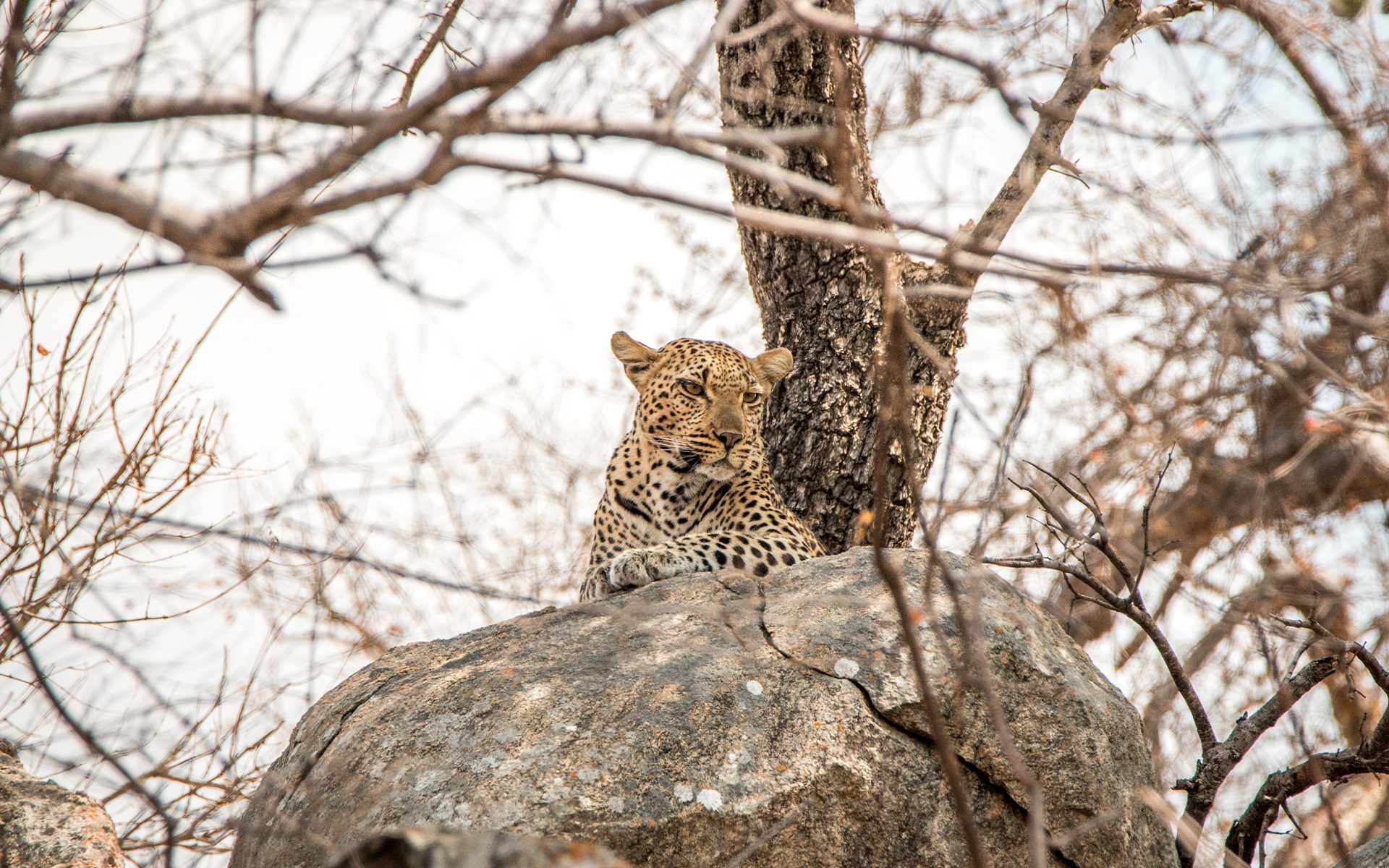

Located in the Mpumalanga and Limpopo provinces of South Africa, Sabi Sand Nature Reserve shares a 50-kilometer (31-mile) unfenced boundary with the renowned Kruger National Park. This unique feature allows wildlife to roam freely between the two reserves, providing an exceptional opportunity for visitors to witness an abundance of animal species in their natural habitat.
The landscape of Sabi Sand is incredibly diverse, featuring a combination of riverine forests, open grasslands, and dense bushveld. The Sabie and Sand rivers flow through the reserve, providing a lifeline for the wildlife and creating a picturesque backdrop for visitors.
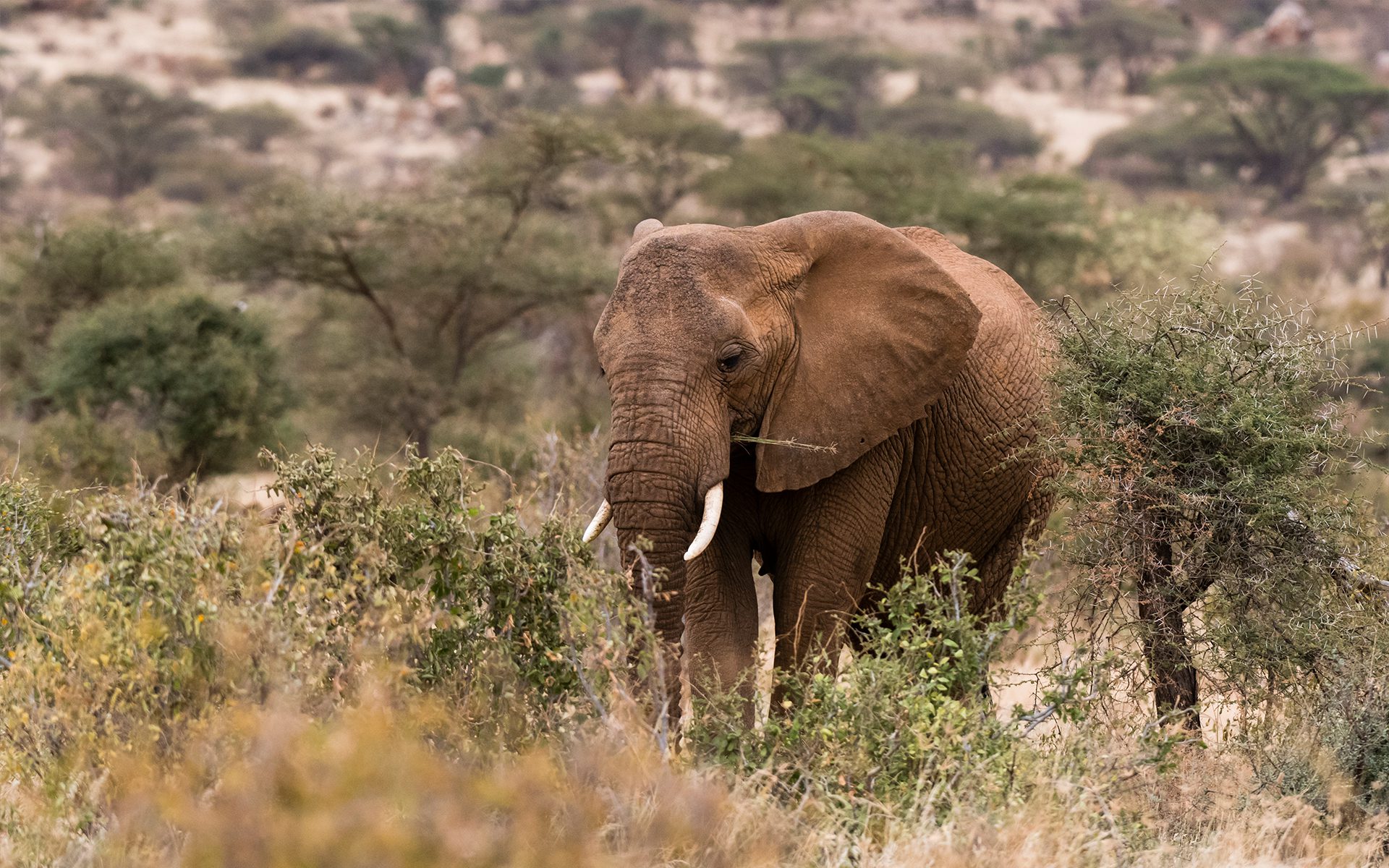

Sabi Sand Nature Reserve boasts an incredible array of flora and fauna, making it a prime destination for wildlife enthusiasts. The reserve is home to the renowned Big Five (lion, leopard, elephant, rhinoceros, and Cape buffalo) and hosts a staggering diversity of other wildlife, including cheetahs, wild dogs, zebras, giraffes, antelopes, and over 300 species of birds.
The vegetation in Sabi Sand is equally impressive, featuring a mix of grassy plains, acacia woodlands, and thick riverine forests. This varied habitat supports a wide range of plant species, such as marula trees, knobthorns, tamboti trees, and various aloes.
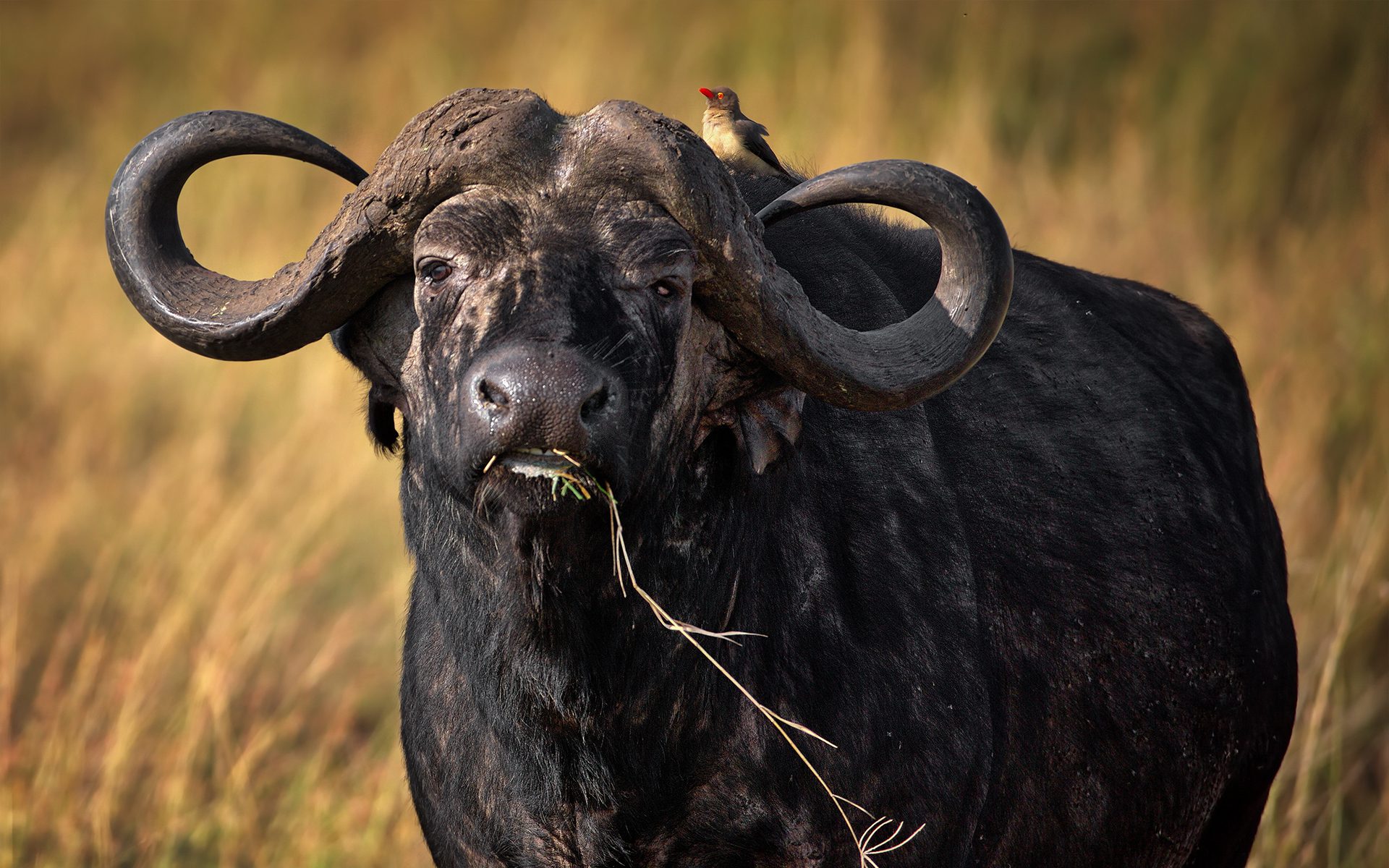

Since its inception, Sabi Sand Nature Reserve has been at the forefront of conservation initiatives in South Africa. The reserve’s management, in collaboration with its member lodges, actively participates in wildlife conservation programs, anti-poaching efforts, and environmental education. By implementing sustainable tourism practices and adhering to strict ecological guidelines, Sabi Sand strives to preserve its unique ecosystem for future generations to enjoy.
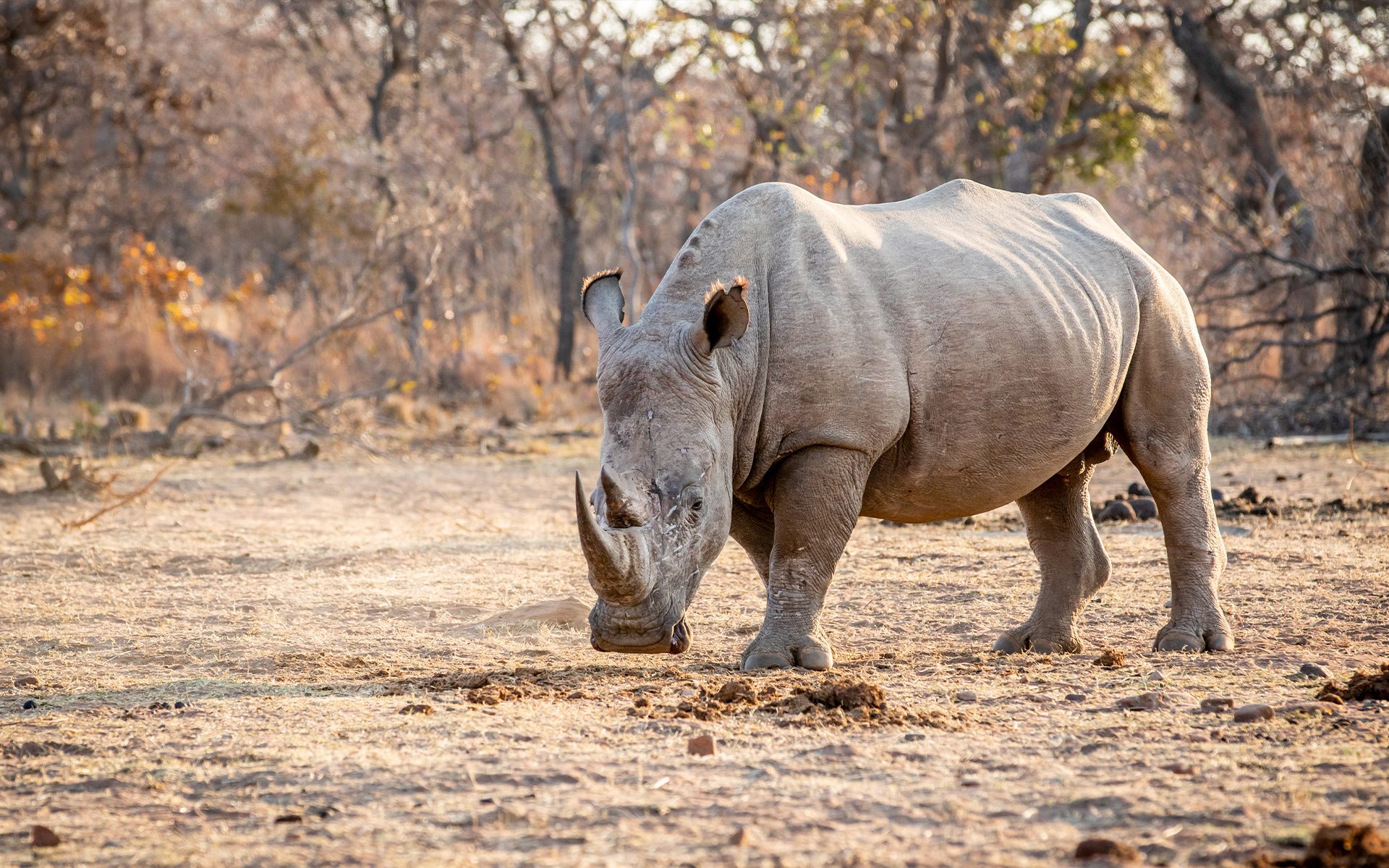

Sabi Sand offers an exceptional safari experience, providing visitors with the opportunity to embark on game drives and guided bush walks led by experienced and knowledgeable rangers. The reserve is known for its excellent sightings of predators, including leopards, which are particularly abundant in the area.
Accommodation options in Sabi Sand cater to various preferences, ranging from luxury lodges to intimate bush camps. These establishments provide unparalleled comfort and personalised service while immersing guests in the natural beauty of the African wilderness.
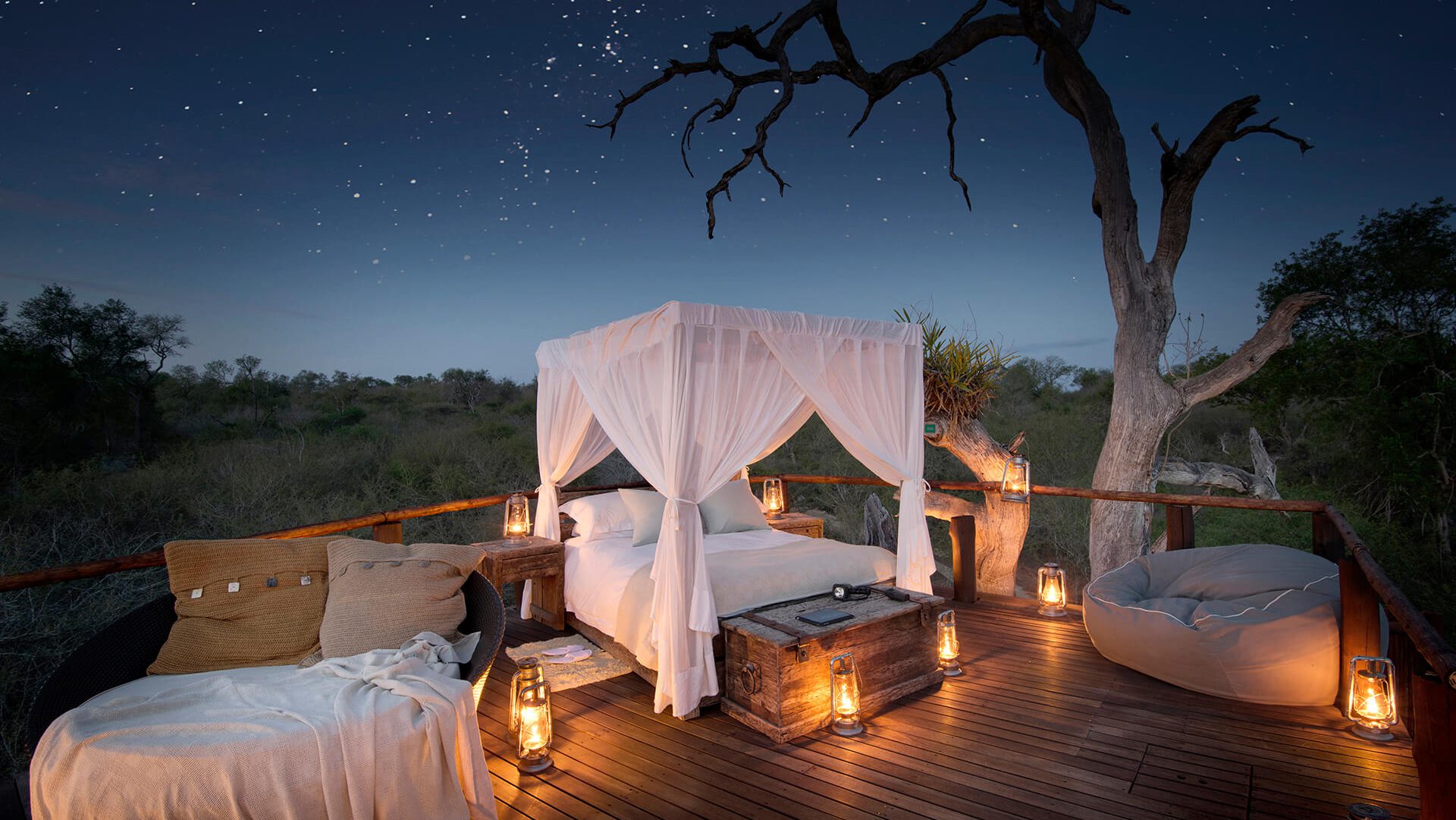

Sabi Sand Nature Reserve stands as a testament to the remarkable beauty and biodiversity found in South Africa. With its captivating history, diverse landscapes, and extraordinary wildlife encounters, it offers visitors an unparalleled safari experience. As you traverse the ancient paths of Sabi Sand, you become a part of a timeless narrative, connecting with the wild and embracing the true essence of Africa.
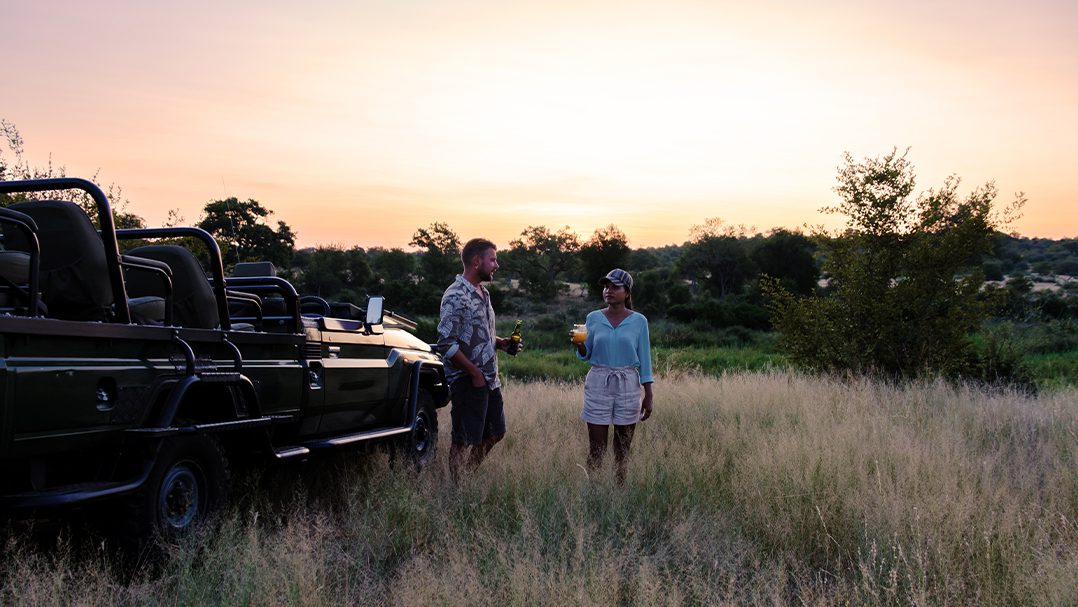

We also offer a range of activities and excursions, including guided wildlife safaris, walking safaris, and boat cruises. So come and explore the beauty of South Africa with us, and experience the magic of the African wilderness in comfort and style!


During your trip, we’re available 24/7 to provide assistance and support. If any issues arise, we’re here to help, so you can focus on enjoying your trip to the fullest.


We understand that planning a trip can be overwhelming, which is why we offer a comprehensive planning service that takes care of everything from start to finish.










Indulge in a blissful escape to paradise at Sabi Sands Game Reserve. With its pristine landscapes, abundant wildlife, and luxurious accommodations, this sanctuary offers a haven of tranquility and rejuvenation.